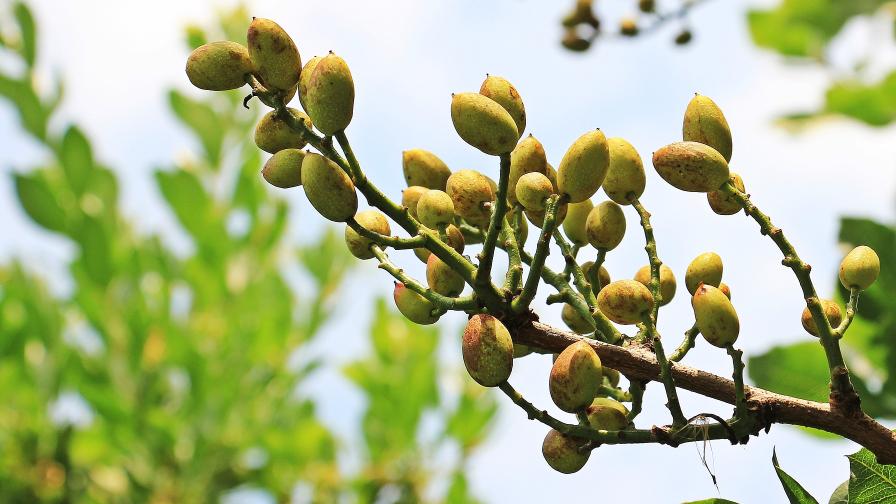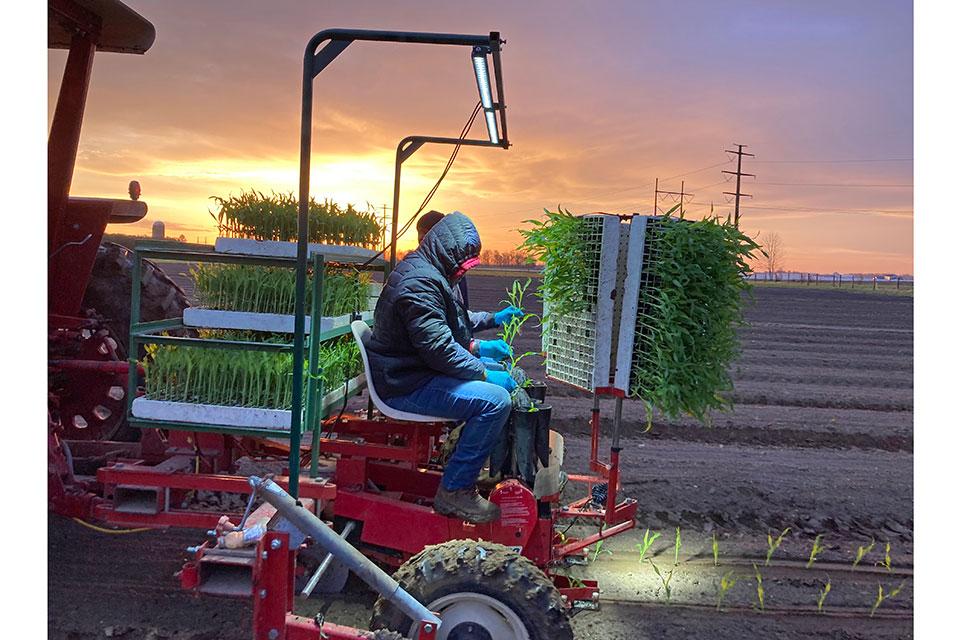Spotted Lanternfly Quarantine Expands Again
The Pennsylvania Department of Agriculture has added 21 municipalities in Berks, Bucks, Lehigh, Montgomery, and Northampton counties to the areas quarantined due to the presence of the invasive insect spotted lanternfly. The quarantine was already in effect for parts of those five counties, as well as Chester County.
Earlier this year, the department received $2.9 million from USDA to fund efforts to control the insect, and $25,000 for outreach efforts to combat its spread. The Pennsylvania departments of transportation, and conservation and natural resources are also participating in control efforts, as well as staff from USDA at no expense to the state.
“Spotted lanternfly has proven to be a tremendously destructive pest that spreads rapidly and can be devastating to our valuable grapes, hardwoods, and hops,” said Russell Redding, Secretary of Agriculture. “The Pennsylvania Department of Agriculture is working strategically, bringing the resources of three state agencies and the federal government to bear on trying to contain the insect in the quarantined counties and stop its spread outside those areas. The public can help us fight this pest considerably by educating themselves, keeping an eye out for the insect, and reporting it when they see it.”
Spotted lanternfly is an inch-long black, red-and-white spotted insect native to Southeast Asia. It is an invasive species in Korea, where it has attacked 25 plant species that also grow in Pennsylvania. The pest had not been found in the U.S. prior to its initial detection in Berks County in the fall of 2014.
Crews from the department and its partner agencies are strategically working from the outside edge of the quarantined area inward to eliminate Tree of Heaven, which is its preferred host for feeding and reproduction. Within the quarantined area, crews are working to eradicate the adult insects found during the summer months.
“We understand how alarming it is to property owners who see numbers increasing within quarantined counties,” Redding added. “Even with added resources, we are unable to visit all infested properties immediately. That is why the public’s cooperation in containing the spread of the insect is so vitally important. We need the public’s help.
The department recently launched a targeted social media campaign to help educate the public about the invasive pest. The campaign includes a video, which is available at agriculture.pa.gov/spottedlanternflyalert.
“Social media is a powerful tool for helping visually identify this pest,” explained Redding. “We encourage citizens to watch and share our spotted lanternfly video. Anyone can join us to help protect Pennsylvania from this bad bug.”
The department encourages anyone who finds the insects outside quarantined areas to report sightings to [email protected]. Please include photos, if possible, to help us confirm your sighting. Suspect specimens can be submitted directly to the department’s headquarters in Harrisburg or to any of its six regional offices. Specimens also can be submitted to your county Penn State Extension office. Do not submit live specimens. You may also call the Invasive Species Report Line at 866-253-7189. Please provide details, including the location of the sighting and your contact information. You may not receive an immediate response, as call volume is high.
The quarantine is an important legal designation. Residents of municipalities under quarantine can follow simple directions to ensure that each citizen complies with the law. The quarantine order directs residents and municipal authorities to follow guidelines to prevent the movement of spotted Lanternflies at any stage of development. This includes inspecting all wood and vegetation that might leave the quarantined municipality, in addition to inspecting vehicles, trailers, and other mobile equipment prior to moving it out of the quarantined area.
The quarantine now covers following municipalities. Newly added locations are listed in bold:
Berks County
- Reading City; Alsace, Amity, Centre, Colebrookdale, Cumru,District, Douglass, Earl, Exeter, Hereford, Longswamp, Lower Alsace, Maiden Creek, Maxatawny, Oley, Pike, Richmond, Robeson, Rockland, Ruscombmanor, Union and Washington townships; and Bally, Bechtelsville, Birdsboro, Boyertown, Centreport, Fleetwood, Kutztown, Lyons, Penn, St. Lawrence, and Topton boroughs
Bucks County
- Bedminister, Haycock, Hilltown, Milford and Richland townships; and Dublin, Quakertown, Richlandtown, Silverdale and Trumbauersville boroughs
Chester County
- East Coventry, East Pikeland, East Vincent, North Coventry, South Coventry, and Warwick townships; and Spring City Borough
Lehigh County
- Allentown and Bethlehem cities; Heidelberg, Lower Macungie, Lower Milford, Lowhill, Salisbury, South Whitehall, Upper Macungie, Upper Milford, Upper Saucon, Weisenberg and Whitehall townships; and Alburtis, Coopersburg, Coplay, Emmaus and Macungie boroughs
Montgomery County
- Douglass, Franconia,Marlborough, New Hanover, Limerick, Lower Frederick, Lower Pottsgrove Salford, Shippack, Upper Frederick Upper Hanover, Upper Pottsgrove, Upper Providence, Upper Salford, and West Pottsgrove townships; and Collegeville, East Greenville Green Lane, Pennsburg, Pottstown, Red Hill, Royersford, Schwenksville, Souderton, and Trappe boroughs
Northampton County
- Bethlehem city, Bethlehem Township










